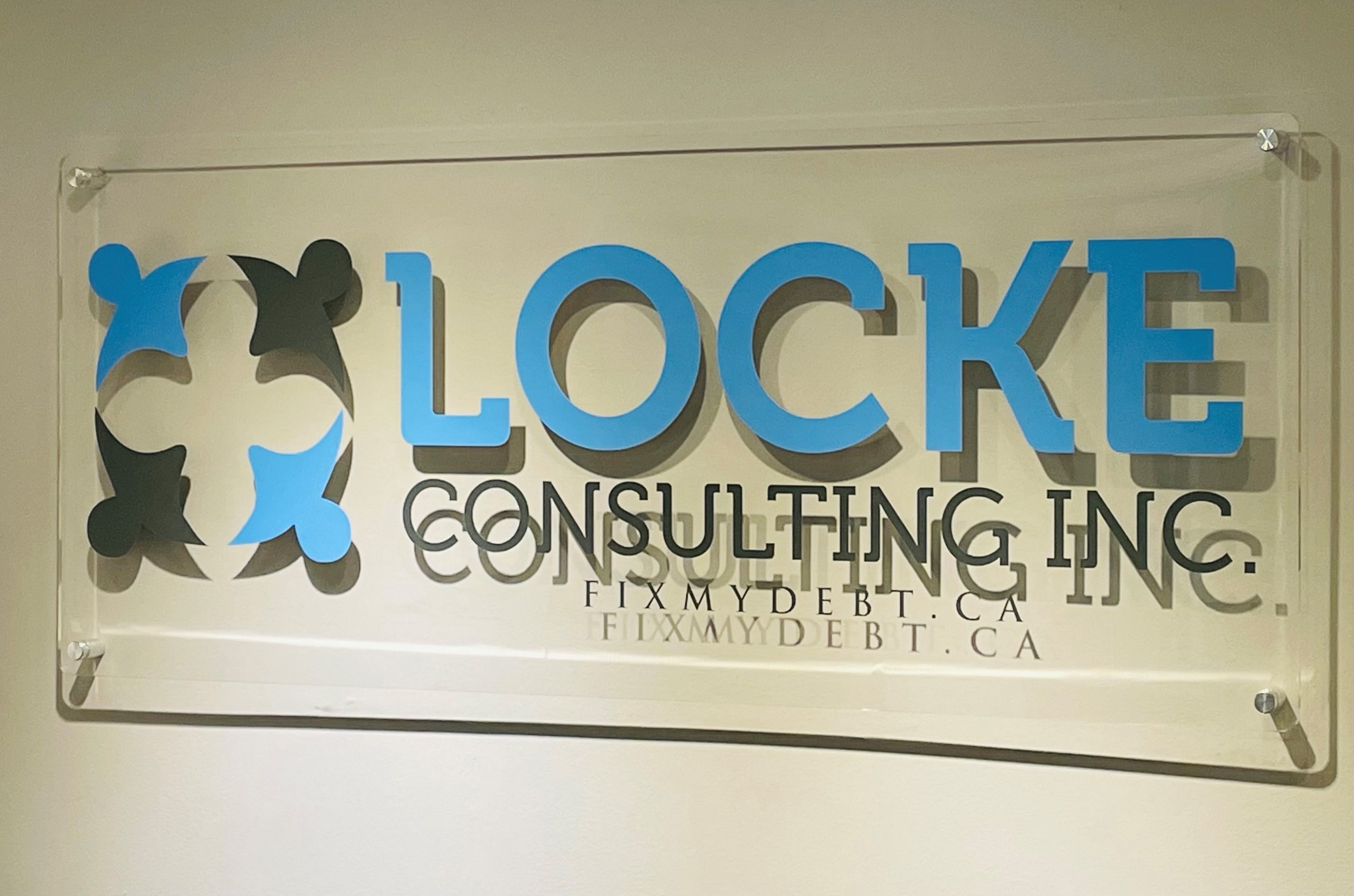Updated Forms

We now have updated forms; the Office of the Superintendent of Bankruptcy has recently updated some of the statutory forms that are used in making in proposals to creditors and bankruptcies. The updates include a statistical gathering element, requiring LITs to make further enquiries about individuals based on identity and interactions with debt consultants. There is also an acknowledgment that the client may choose to receive services in person or by electronic means.
Estate Information Summary:
One of the updated forms, the EIS or “Estate Information Summary” now requires the LIT (Trustee) to ask personal questions about the individual’s health, colour, and gender identity. Our application forms will also be updated to reflect these changes.
Gender:
The first question is about gender and may be answered by indicating biological gender or gender identity, in the alternative the respondent can choose to abstain from answering the question altogether.
Education:
A question about level of education has been on the form for quite a number of years, the question asks about the highest level of education achieved and has answers including “grade school, high school, college or university, or prefer not to answer”. Although we have not seen any reported statistics on that particular topic, we do know that nearly 75% of younger Canadians have some level of post secondary education.
Aboriginal Identity:
The next question asks if the respondent is an aboriginal person, and if they respond in the affirmative, whether they identify as First Nation, Metis, or Inuit. The options for answering the question are “yes”, “no” and “prefer not to answer”, if “yes” is chosen, the respondent can then choose to identify which of the named aboriginal family trees they are descended from.
Disability:
The disability question, similarly, asks for “yes”, “no”, or “prefer not to answer” responses. In the event the respondent answers “yes” they are asked about the nature of their disability with six standard format responses including “dexterity, mobility, blind or visually impaired, deafness, speech impediment, and other including cognitive impairments”. Responses can include one or more of the options available. The option of providing other information is also available to answer this question.
Visible Minority:
The final identity question on the EIS form asks if the applicant is “a member of a visible minority group”, however, the eight responses listed are about ethnicity not colour groupings. The category “black”, which represents about 20% of the global population, roughly the same percentage as China, is identified by “colour” (visible minority) while “Chinese”, “Korean” and “Japanese” are identified by country of origin, not by skin colour. The vast majority of black people live in, or migrate from, Africa, but in their case “colour” not “nationality” is the distinguishing variable. I got a chuckle out of Elon Musk “identifying as African” and had to wonder if that influenced the decision to use “Black” instead of “African” – I also quietly wondered “hwat if Elon were born in China?”. Four other geographic regions, South Asian, Southeast Asian, West Asian and Latin American are also identified.
We will help anyone:
At the end of the exercise, insolvency laws apply equally to all people without regard to their gender, colour, level of education, or functional ability. Our office has helped people from many ethnic backgrounds, as well as divergent gender identities, and with a wide range of disabilities. Regardless of who you are, if you need help with your debt problems, we are here for you, we are supportive of all our clients.
Demographics:
In the past, the Superintendent of Bankruptcy has issued demographic reports for age and gender. These reports indicated more men than women file insolvencies, and that more people in the 35-49 age bracket are filing than in other age groupings.
This data seems to reflect economic life stages that follow a normal curve – younger people generally have fewer financial responsibilities and therefore more flexibility to generate income and pay bills. Folks aged between 35-49 are most likely to have family responsibilities, more financial demands, and less available income, so it is hardly surprising they might be heavier credit users. Older adults have often divested themselves of financial dependents, have peaked in their career paths and are better positioned to pay off debt before retirement.
Assessment Certificate:
Another form that has noteworthy changes is the “Assessment Certificate” – this form provides an acknowledgement that the debtor has decided to file a bankruptcy or proposal, assisted by information from the Trustee. Several years ago, the form began to question if the debtor had received advice from a third party and if so if they had paid a fee for that advice.
Aside from asking the debtor to acknowledge they had the option of meeting the Trustee person but chose instead, for whatever reason, not to. The form also asks how the assessment of the debtor’s situation was conducted, which is important because we have been transitioning to virtual services. Assessments may be conducted by Zoom, Phone, in Person or other approved methods.
This new form also goes on to ask if fees were paid to a third party, and, very importantly, to advise the debtor(s) that they are under no obligation to continue to pay fees for advice received.
